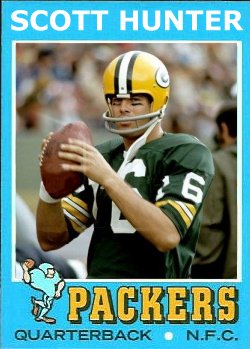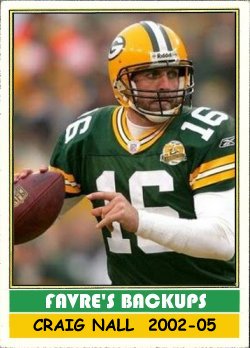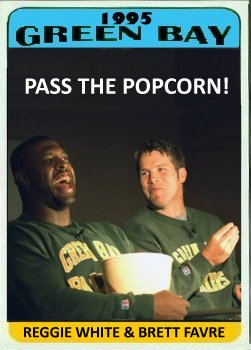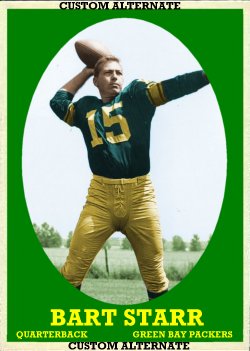Not only does December19 mark former Packer guard Jason Spitz’s 35th birthday, but also the birthdays of a couple of obscure defensive linemen who toiled in Green Bay: Santana Dotson and Reggie White. Since so much ink is likely to be spilled for Spitz, let’s take a look at Messrs. Dotson and White.
Signed by Ron Wolf as a free agent in 1996, Santana Dotson was the final piece in the Packers’ defensive puzzle. Teaming with Reggie White, Sean Jones and Gilbert Brown, Dotson solidified the best front four the team had put on the field since the Lombardi era. Unfortunately, it did not last long, with Jones retiring a year later.
Dotson, whose father Alphonse was drafted by Green Bay in 1965 before he signed with the AFL, was drafted out of Baylor by Tampa Bay in the fifth round of the 1992 draft. Santana was the NFC defensive rookie of the year with ten sacks at right defensive tackle that year, but never equaled that total again. In 1995, Dotson lost his starting job to rookie Warren Sapp and was downgraded to the role of situational pass rusher, so he signed with the Packers in 1996.
At 6’5” 270 pounds, Dotson was a tall, angular force in the middle of the line for six years in Green Bay; he was good for around five sacks a year and was an effective penetrator on running plays. Defensive coach Fritz Shurmur said in 1998, “I think consistently over the long haul, he was the [steady] one. He was there every week, and down after down he was productive.”
Dotson game was primarily quickness and the ability to shed blocks. Teammate Gilbert Brown told the Journal Sentinel in 1998, “He has great leverage and the ability to stand in there and hold on to the big guys.” Even though he never got a lot of sacks, he was always good at supplying pressure on the passer and was an excellent tackler who ranged widely in pursuit. He signed with the Redskins as a free agent in 2002, but a ruptured Achilles in training camp ended his career. He was an underrated performer who never went to a Pro Bowl, but probably should have.
Among defensive ends in NFL history, three names come before all others: Gino Marchetti, Deacon Jones and the late Reggie White. While the Packers got Reggie only for the second half of his career, he was still the best defensive end in the league for a number of those years. And even with his reduced sack and tackle numbers in Green Bay, he still elevated the play of the rest of the defensive line to make that unit a strength on the team.
After earning All-America honors as a senior at Tennessee, White signed a $4-million contract with the Memphis Showboats of the USFL prior to the 1984 NFL draft. Reggie recorded 23.5 sacks in two years in Memphis before the league folded and he was drafted by the Eagles fourth overall in the USFL Supplemental draft in 1984. In eight years in Philadelphia, White accumulated 124 sacks in 121 games and never recorded fewer than 11 in any season. As the prize free agent in 1993, he shocked everyone by signing with Green Bay, where Ron Wolf and Mike Holmgren were trying to resuscitate a moribund franchise. White, along with Brett Favre, would prove to be the key to that successful turnaround.
White’s honors are beyond impressive: 13-time Pro Bowler, 10-time first team All-Pro, defensive player of the year in 1987 and 1998, a member of the All-Decade teams for both the 1980s and 1990s, his number 92 retired by two franchises, and, of course, being elected to the Hall of Fame. He is second all-time to Bruce Smith in sacks, but only because Smith hung on long enough in a diminished capacity to inch past White in his 19th season. Not only was Reggie a complete defensive end on the field, he was the main team leader in the clubhouse of both the Eagles and Packers, both beloved and respected by teammates and opponents alike.
Reggie was as sturdy against the run as anyone. At 6’5” and 300 pounds he was tough to move, whether from his customary left defensive end spot, or from defensive tackle on occasions when he shifted inside during a game. His pass rushing skills were second to none; he had speed, quickness and overwhelming power. His death at the age of 43 13 years ago was a sad day for all of football.
(Adapted from Green Bay Gold)



Custom cards in altered Topps styles.















































